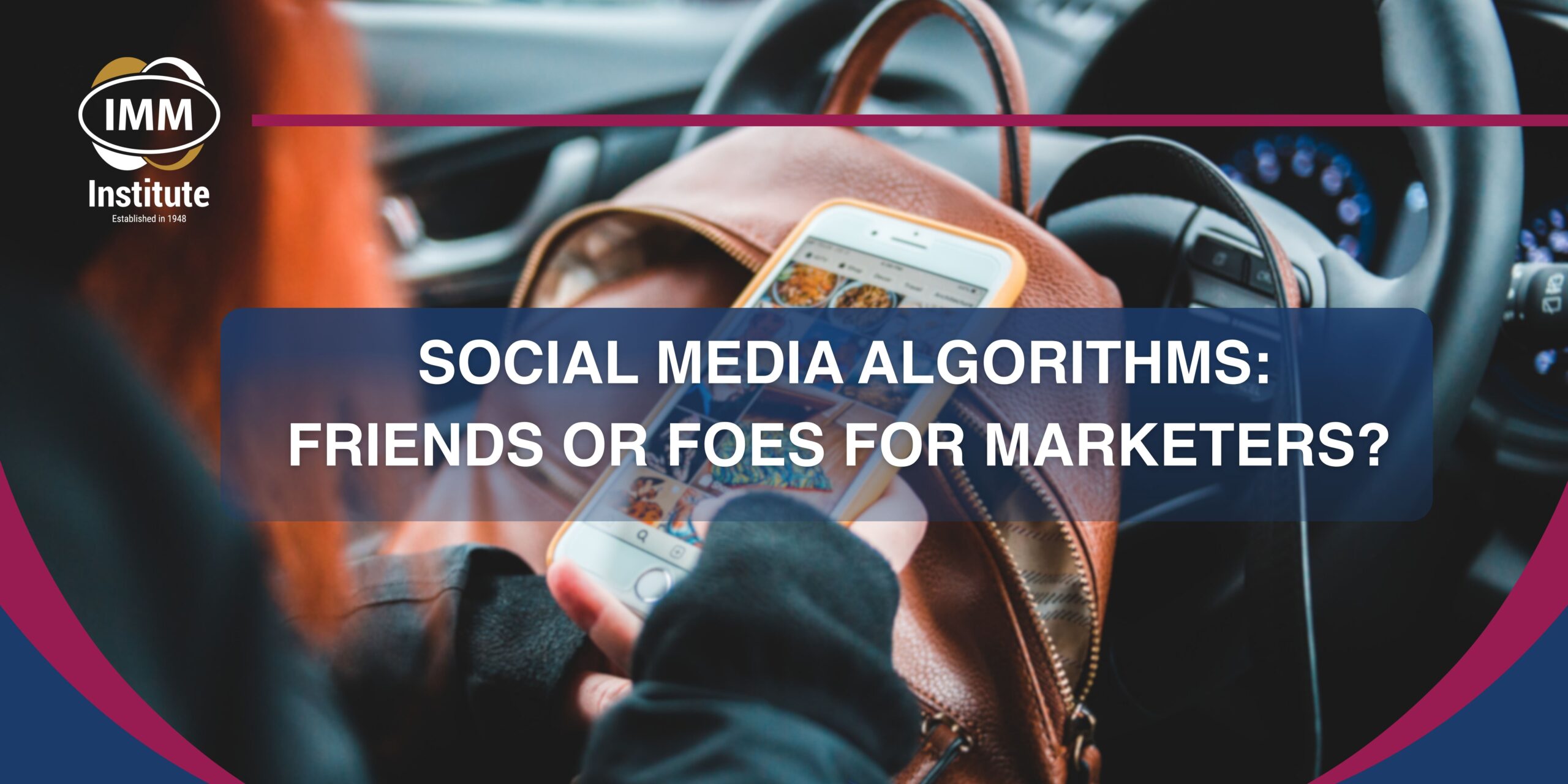Exploring Chatbots
Chatbots are computer programmes designed to simulate human conversation and interact with users through text or voice commands. They use natural language processing (NLP) and machine learning algorithms to analyse user input and generate appropriate responses. Chatbots can be integrated into messaging platforms, mobile apps, websites, and other digital channels to automate customer interactions, provide personalised recommendations, and offer 24/7 support. Chatbots have become increasingly popular in recent years, with businesses using them to enhance customer experience, increase efficiency, and reduce costs.
Understanding Natural Language
Natural language refers to the way humans use language to communicate, which is often ambiguous, context-dependent, and highly variable. Unlike traditional computer interfaces that require users to follow a strict set of commands or prompts, chatbots must be able to understand and respond to a wide range of inputs, including variations in syntax, grammar, and vocabulary. This requires a deep understanding of natural language processing (NLP) and machine learning algorithms that can analyse and interpret text data in real-time.
Improving Customer Experience

One of the primary benefits of chatbots is their ability to enhance customer experience by providing 24/7 support, personalised recommendations, and faster response times. However, to achieve these benefits, chatbots must be able to understand and respond to natural language in a way that feels human-like and engaging. By leveraging NLP and machine learning algorithms, chatbots can learn from past interactions and improve their ability to understand and respond to customer queries over time. This leads to more accurate and relevant responses, better customer satisfaction, and increased loyalty.
Challenges of Natural Language in Chatbots
Despite the potential benefits of natural language in chatbots, there are also several challenges that must be overcome to ensure effective communication. One of the main challenges is understanding the context of a user’s message, which can vary depending on factors such as location, device, and previous interactions. Additionally, chatbots must be able to handle multiple requests simultaneously, prioritise urgent requests, and provide accurate responses in real time. Overcoming these challenges requires a combination of advanced AI algorithms, natural language understanding, and human oversight to ensure quality control.
IMM AI Micro Course
For those interested in finding out more about the role of AI-powered chatbots in customer experience, the IMM’s AI micro course offers a comprehensive overview of AI tools for marketing, implementing AI in marketing strategies, and ethics and AI in marketing. By understanding the latest AI-powered chatbot technologies and how they can be used to improve customer experience, marketers can gain a competitive edge and drive business success. Follow the link to find out more:
https://www.immonlinecourses.co.za/courses/aI-in-marketing-master-course
In conclusion
Natural language plays a critical role in chatbot customer experience and AI-powered conversational interfaces are revolutionising the way businesses interact with customers. By leveraging NLP and machine learning algorithms, chatbots can understand and respond to natural language in a way that feels human-like and engaging, leading to better customer satisfaction and loyalty. However, there are also several challenges that must be overcome to ensure effective communication, requiring a combination of advanced AI algorithms, natural language understanding, and human oversight. By staying up-to-date with the latest chatbot technologies and leveraging AI tools for marketing, marketers can deliver better customer experience and drive business success.

















